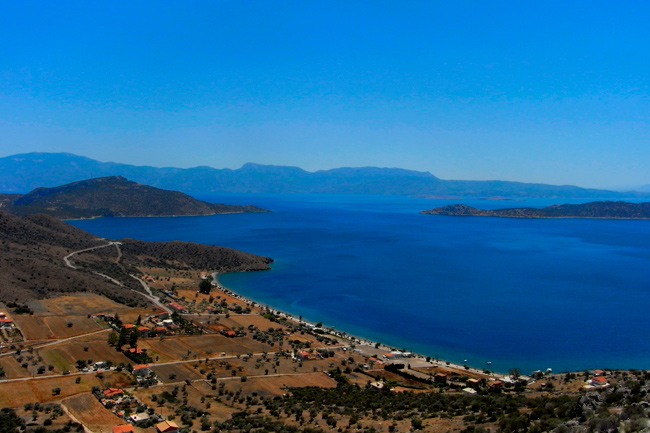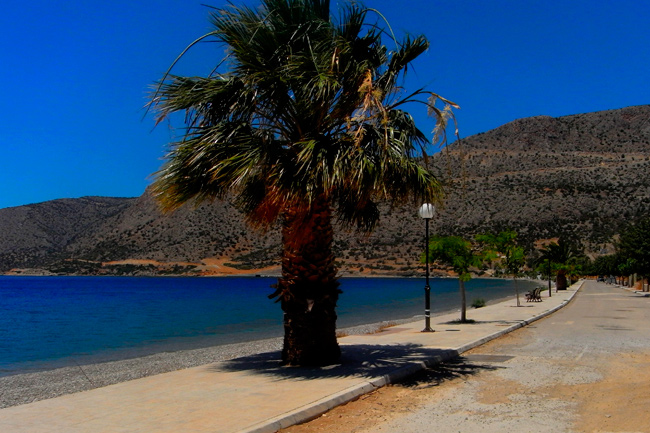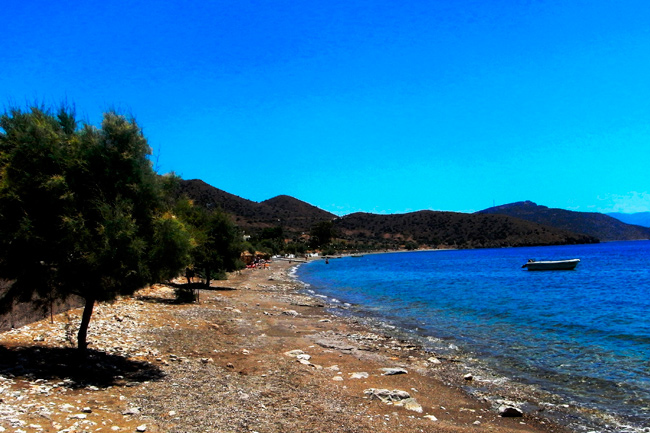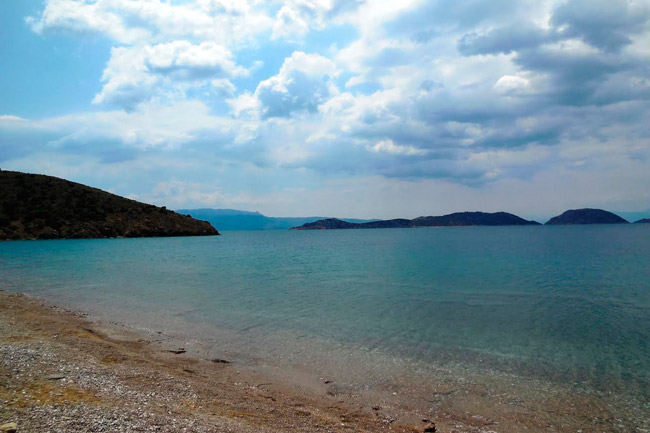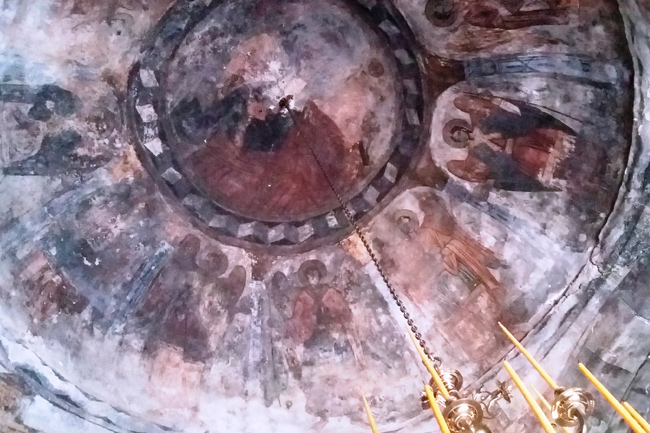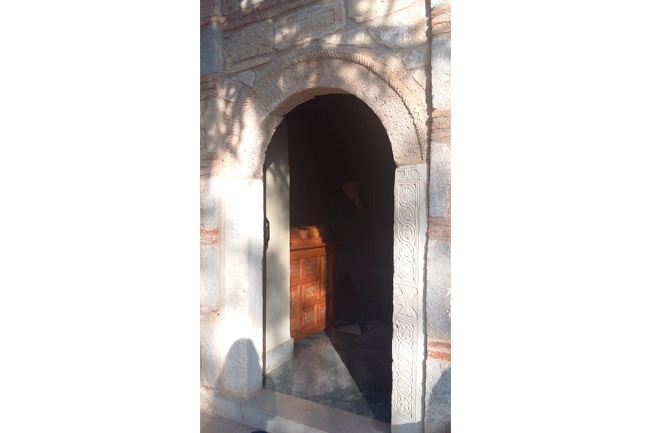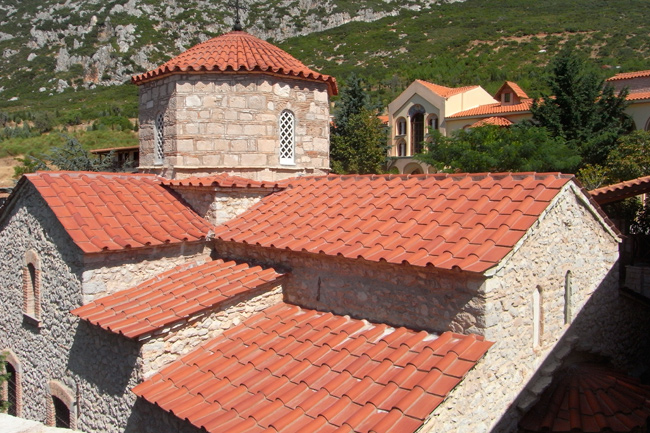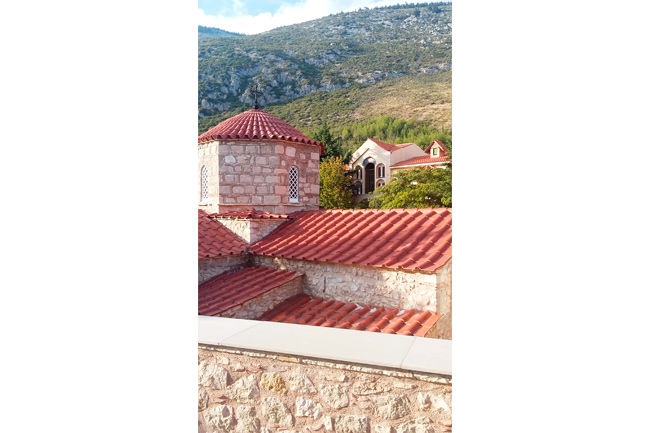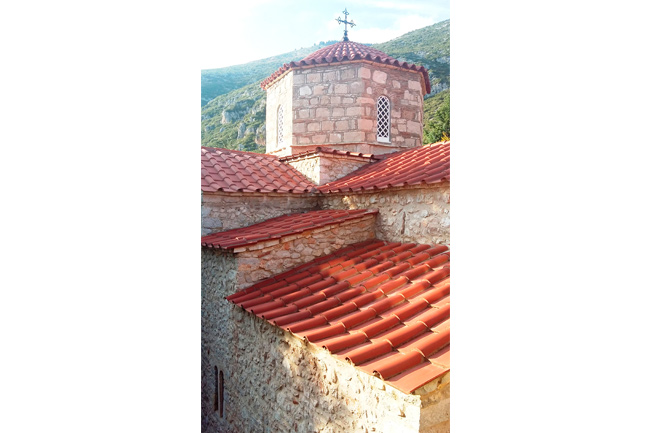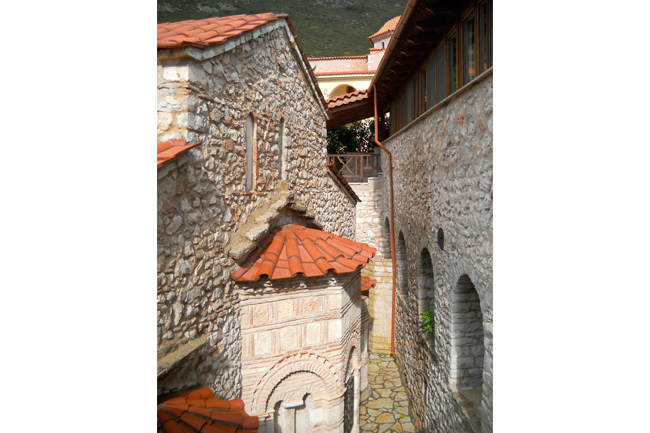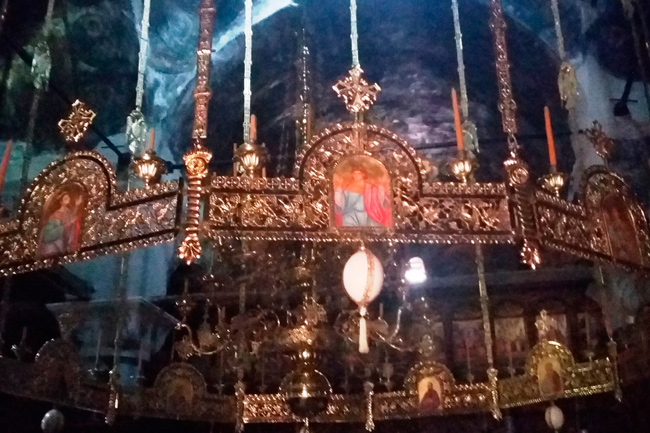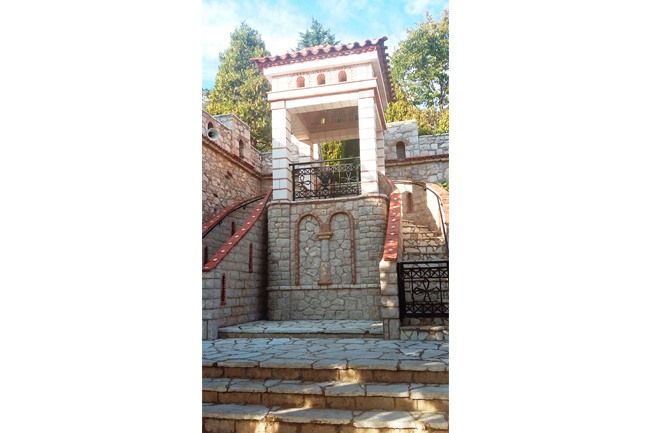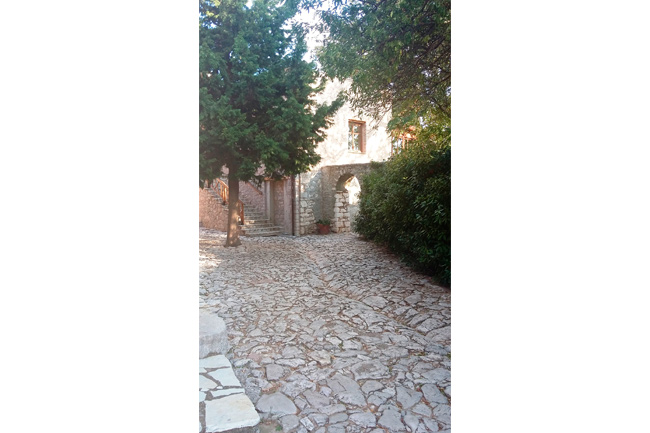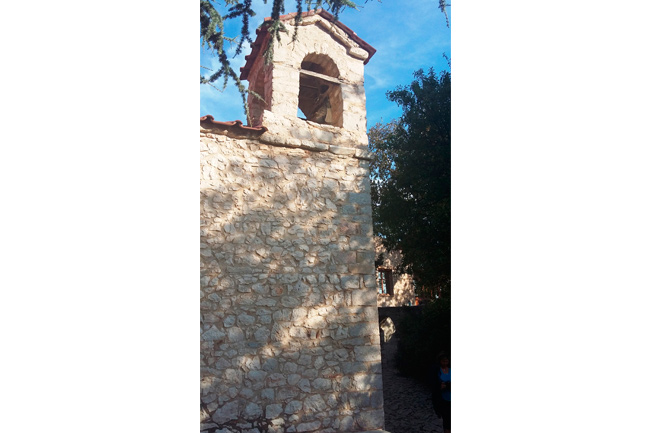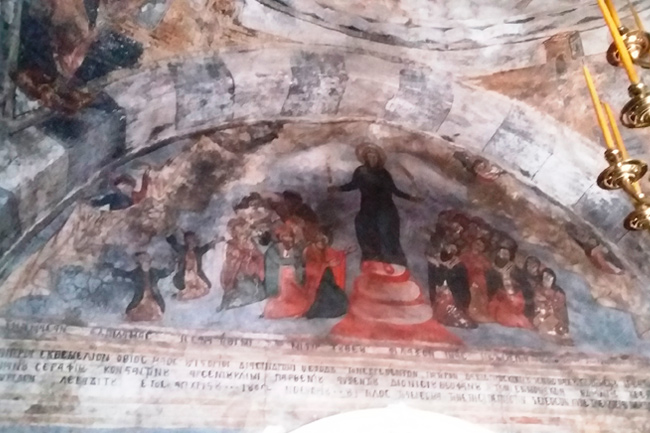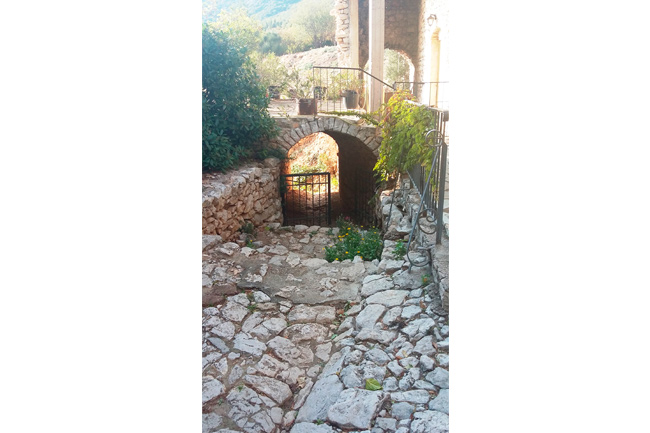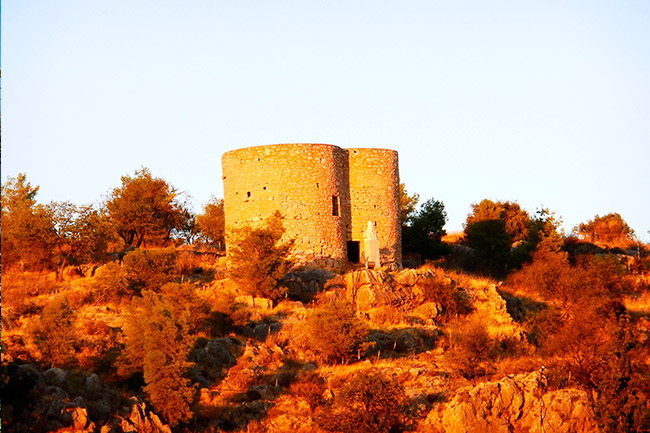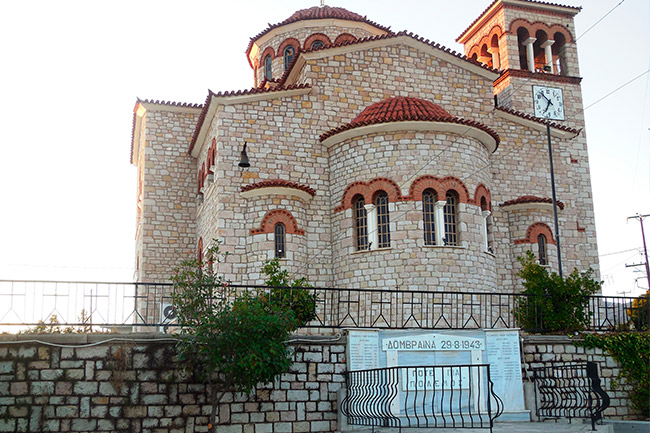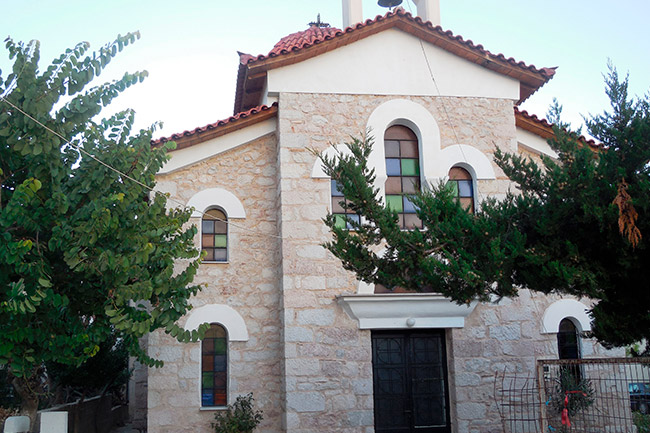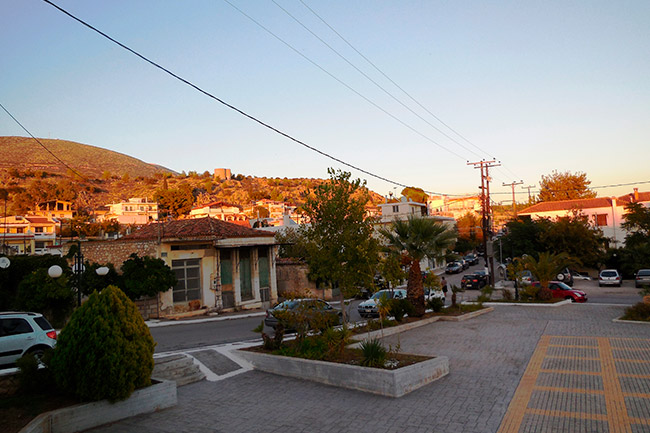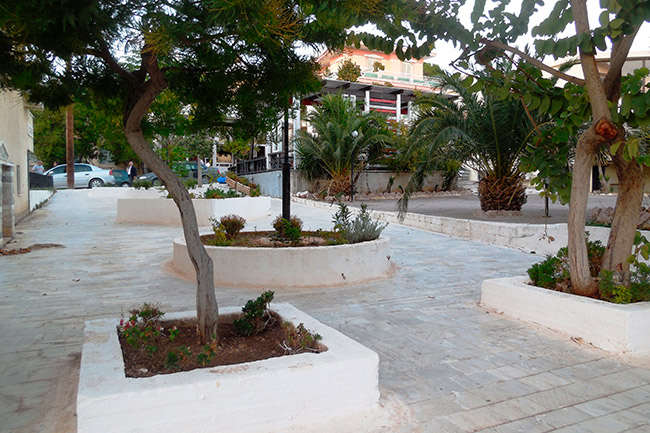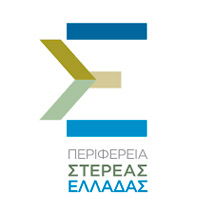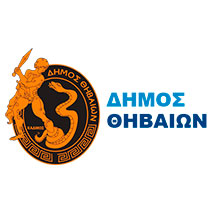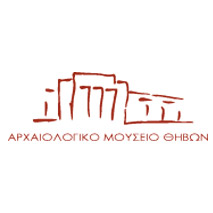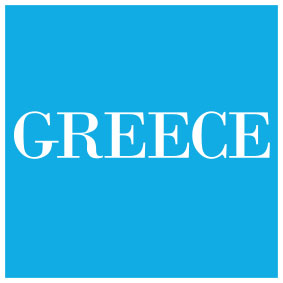Beneath the shadow of the sacred Mount Helicon you will find the beautiful small town of Domvrena. At the time of the Turkish occupation it was reputed for its stone-built houses, some of which are preserved still today.
Domvrena is renowned for having excellent marbles that have been used for various constructions in the ancient and modern world. These are the famous Domvrena-marbles of a fine honey-beige shade. The quarries of Dombraina were located to the north of the village, on the foothills of Mount Helicon towards the area of the Makariotissa monastery.
The history of Domvrenais directly linked to the development of the ancient city of Thisvi. The area was named later Domvrena, a word of Slavic origin meaning calm and good place for the cattle to spend the winter.
In its long history, Domvrena was a rich and fertile territory. Its proximity to Alyki and the distribution of salt significantly contributed to its development. Olive cultivation, olive oil production, vineyards with raisins and wine, as well as legumes are some of the products that the region produced in abundance and hence boosted trade. Livestock farming and dairy products have always made the region famous. Lastly, fishing and especially the famous lobsters of Domvrena are an important source of income for the area even nowadays.
Atop a hill overlooking the village of Domvrena stands the Castle of Karaiskakis, which was a benchmark for the Greek Revolution of 1821. Its people were among the first to raise the banner of freedom.
Holy Monastery Makariotissa
Under the western slopes of Mount Helicon, rises the Monastery of Makariotissa, which served as a place of education and enlightenment throughout the period of Turkish rule, as well as a krifó scholió (secret school). The Monastery was founded in the 12th century is located at an altitude of about 700 meters above the village of Domvrena. Major restorations took place in the 17th century (1609) and in the 19th century (1802). During the Turkish occupation it was a refuge for klephts and armatoles who operated in the mountain range of Mount Helicon. During the revolution of 1821, the Monastery supported Karaiskakis in the battle of Domvrena and for this reason it was burnt by the Turks on 4 November 1826.
In the Macedonian struggle it offered its monk Chrysostomos Kapetanopoulos as a sacrifice, while it also experienced the atrocities of the Nazis during the Occupation, who destroyed a large part of the monastery by killing its monk Agathangelos Angelou.
The monastery was manned by a new brotherhood in 1992 and today it operates as an organized community with about 20 monks.
In the last few years the Monastery has developed a significant commercial activity producing high quality dairy products (milk, cream, yoghurt, etc.) bearing the name of the Monastery and the place of origin.
Aghios Nikolaos Beach
Between Ai Giannis and Aliki lies the beautiful beach of Aghios Nikolaos, which belongs to the community of Domvrena. It owes its name to the picturesque small chapel of Aghios Nikolaos, which is located to the north of the beach, at a distance of about 2km. Agios Nikolaos is a beautiful beach in Viotia, which has developed rapidly in recent years, especially since the construction of the modern motorway.
Access to the coastal settlement is easy through either Domvrena or Xironomi and Alyki.
The fish in the area are delicious and there are many points for amateur fishermen. Visitors will find fish taverns and cafés with sunbeds and umbrellas. Off the beach of Agios Nikolaos, a mile away, there is the small island Kouvelos. On the island there are ruins and fragments of pottery have been found. Flocks of wild pigeons live in the cavernous openings of the island. In a larger distance, there are the large desert islands Diporto, Stroggylo and Fonias, which are ideal for fishing and hunting. There is also the complex of alkyonides islands (Kalanisa), where there are nice beaches for swimming and fishing. Semi-wild rabbits can also be found on these islands.
